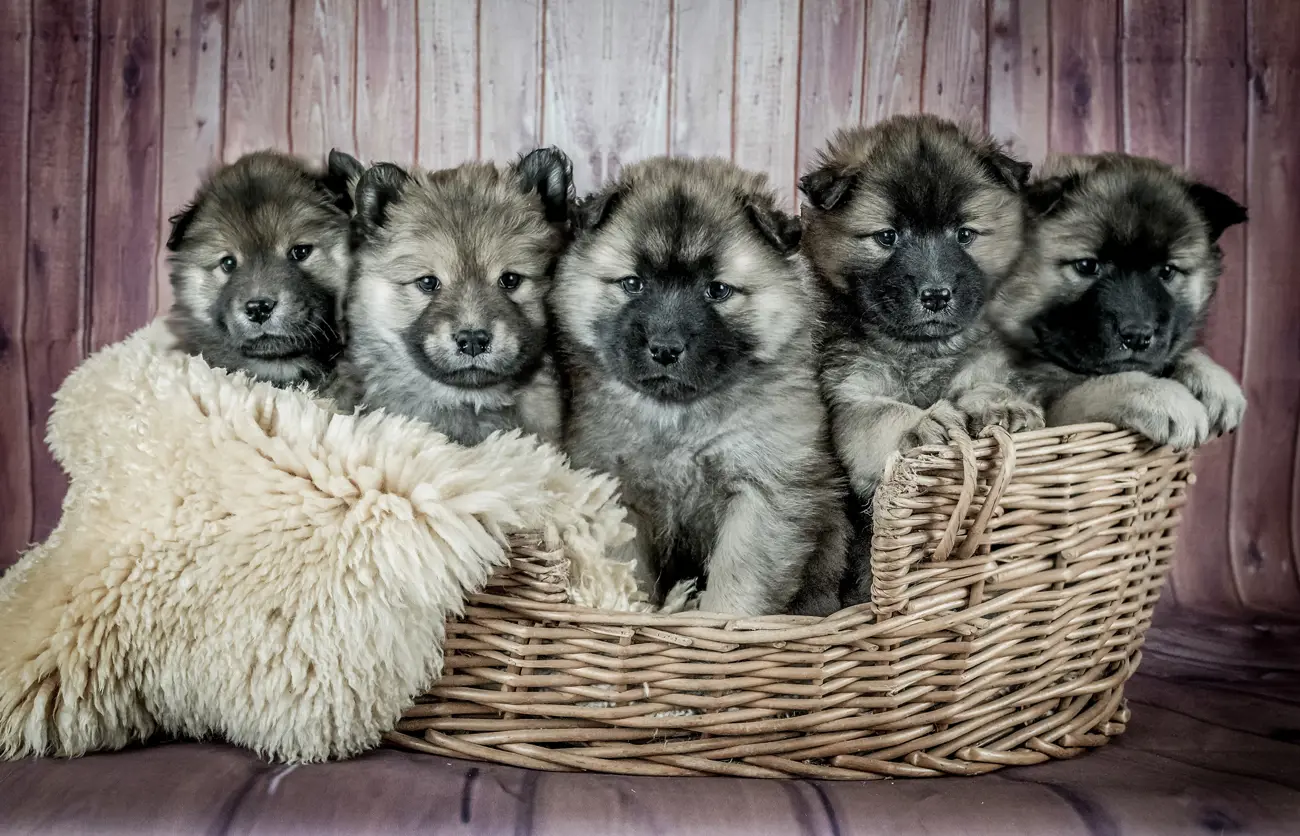Breeding your dog is an important decision that requires careful consideration, and finding the right stud dog is crucial for the health, temperament, and quality of the resulting litter. Whether you're a seasoned breeder or new to the process, here’s a comprehensive guide to help you find the best stud dog for your breeding program. your dog is an important decision that requires careful consideration, and finding the right stud dog is crucial for the health, temperament, and quality of the resulting litter. Whether you're a seasoned breeder or new to the process, here’s a comprehensive guide to help you find the best stud dog for your breeding program.
1. Define Your Breeding Goals
Before you begin your search for a stud dog, clearly define your breeding goals. Consider factors such as:
- Desired traits (temperament, health, conformation).
- Purpose of the breeding (show, work, companionship).
- Compatibility with your female dog's characteristics.
2. Research Breeds and Bloodlines
Research different breeds and bloodlines to find the one that best aligns with your breeding goals. Look for breed standards, genetic health issues, and temperament traits associated with the breed.
- Consider reaching out to reputable breed clubs and organizations for guidance.
- Attend dog shows and events to observe dogs of your chosen breed and network with breeders.
3. Health Screening
Ensure both your female dog and the potential stud dog undergo thorough health screening to minimize the risk of hereditary diseases and health issues in the offspring.
- Request health clearances for common genetic conditions relevant to the breed.
- Consult with a veterinarian or canine geneticist to interpret health test results.
4. Evaluate Conformation and Temperament
Assess the conformation (physical structure) and temperament of the potential stud dog to ensure they meet the breed standard and complement your female dog.
- Look for desirable breed traits such as proper size, structure, coat quality, and movement.
- Evaluate temperament traits such as friendliness, trainability, and stability.
5. Review Pedigree and Performance
Examine the pedigree and performance records of the stud dog and their ancestors to assess their genetic background and breeding history.
- Review titles, awards, and achievements in conformation, obedience, agility, or other relevant activities.
- Consider the success of previous litters produced by the stud dog, if available.
6. Visit the Stud Dog
Arrange a visit to meet the stud dog in person, if possible, to assess their behavior, temperament, and living conditions.
- Observe how the stud dog interacts with people and other dogs.
- Evaluate the cleanliness and environment of the stud dog's kennel or home.
7. Negotiate Breeding Terms
Once you've selected a suitable stud dog, negotiate breeding terms with the owner, including:
- Stud fee: Agree on a fair price for the stud service, considering the dog's pedigree, accomplishments, and demand.
- Breeding contract: Define the terms and conditions of the breeding arrangement, including health guarantees, responsibilities of both parties, and ownership rights of the resulting puppies.
8. Maintain Communication
Maintain open communication with the stud dog owner throughout the breeding process and beyond, fostering a positive relationship built on trust and mutual respect.
- Keep the stud dog owner informed of your female dog's heat cycle, health status, and breeding progress.
- Provide updates on the litter's development and share photos or videos of the puppies with the stud dog owner.
9. Follow Ethical Practices
Adhere to ethical breeding practices and standards, prioritizing the health and welfare of the dogs and puppies involved.
- Avoid overbreeding or excessive breeding of the stud dog.
- Follow responsible breeding guidelines outlined by reputable breed clubs and organizations.
10. Plan for Puppy Placement
Plan for the care, socialization, and placement of the resulting puppies in responsible and loving homes.
- Screen potential puppy buyers to ensure they are committed to providing lifelong care and support.
- Provide health guarantees, vaccination records, and care instructions to puppy buyers.
Conclusion
Finding the best stud dog for your breeding program requires careful research, evaluation, and collaboration with reputable breeders. By defining your breeding goals, conducting health screening, evaluating conformation and temperament, and maintaining open communication, you can make informed decisions that contribute to the health, quality, and welfare of future generations of dogs. Remember to prioritize ethical breeding practices and the well-being of all dogs involved in the breeding process.


